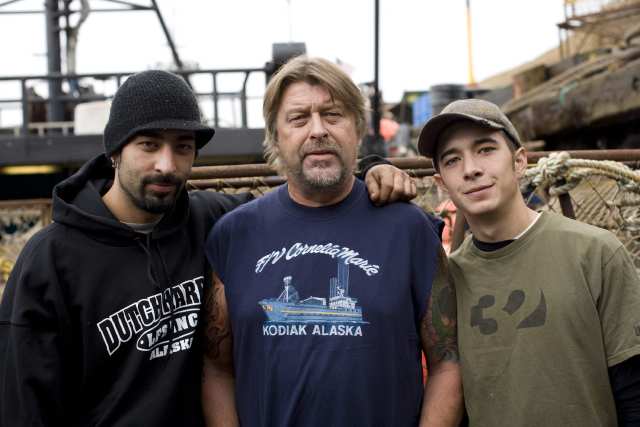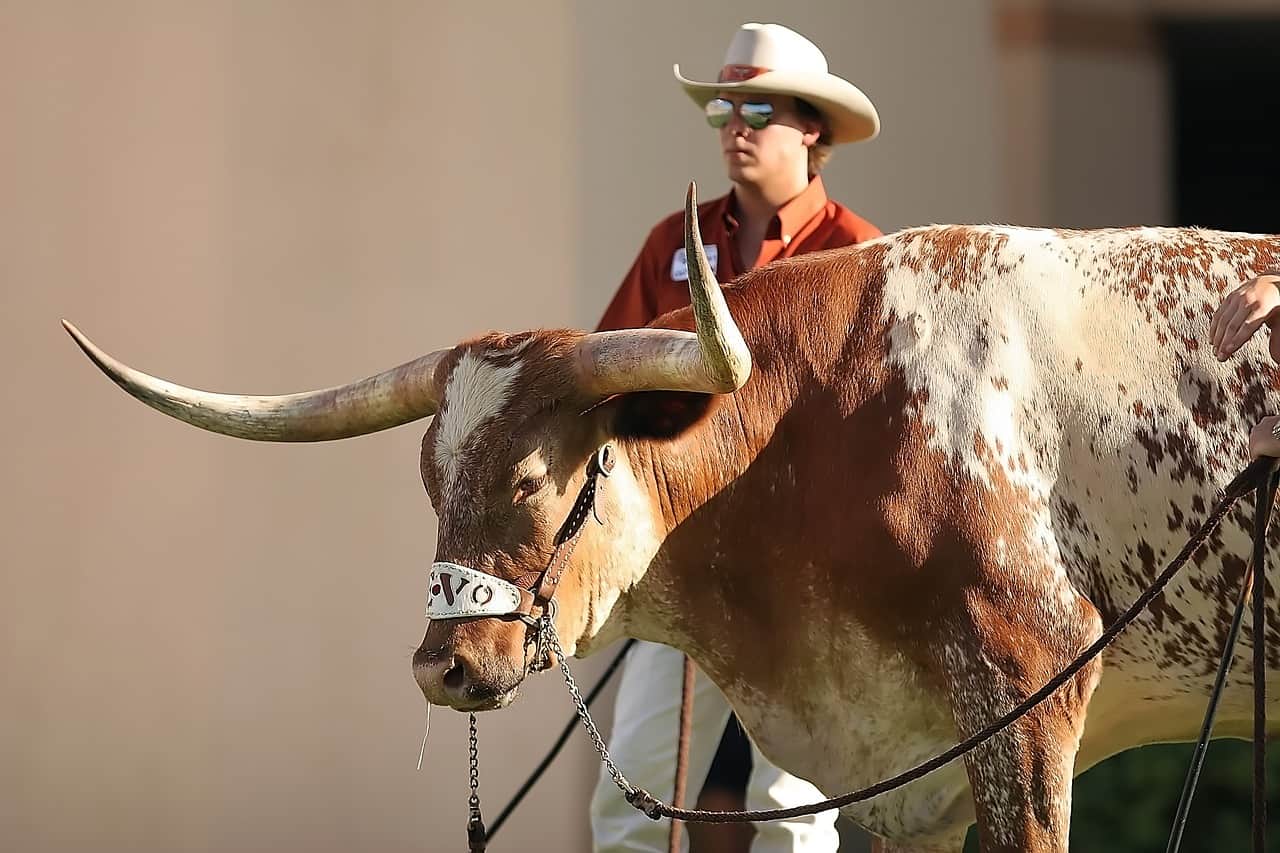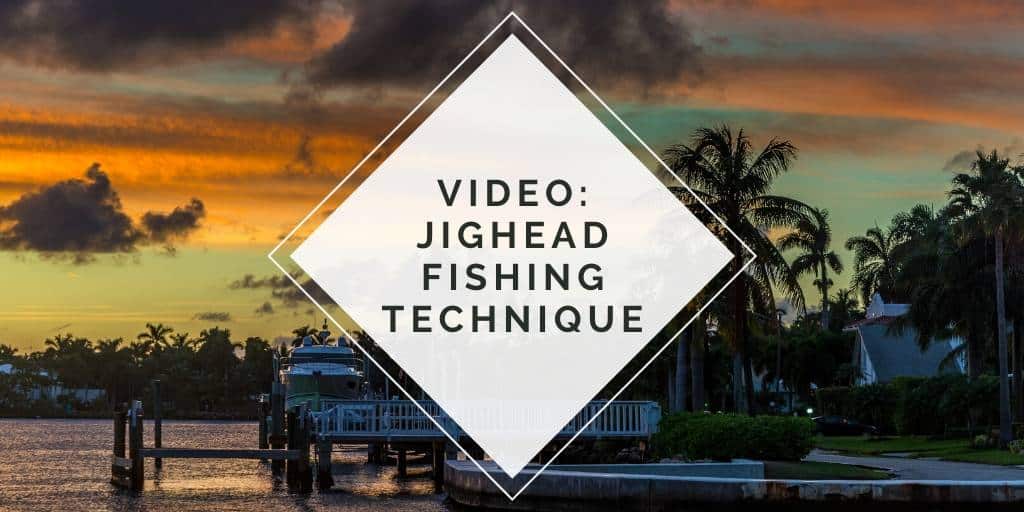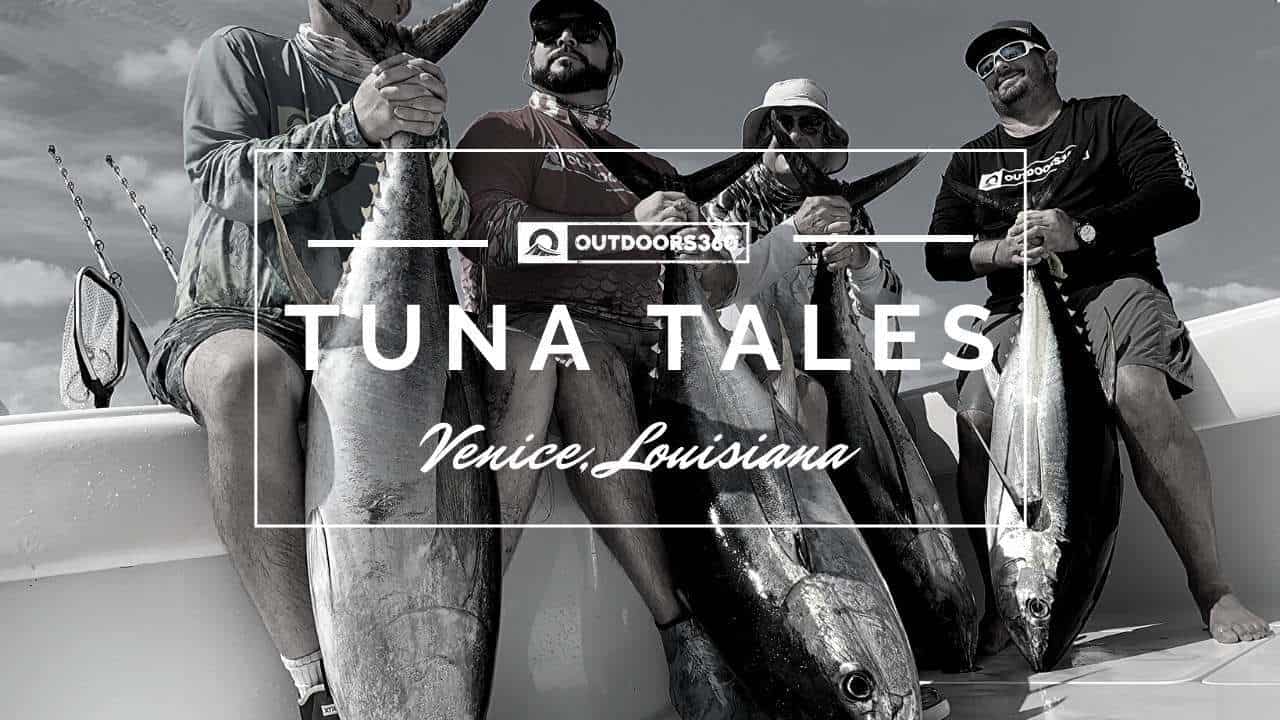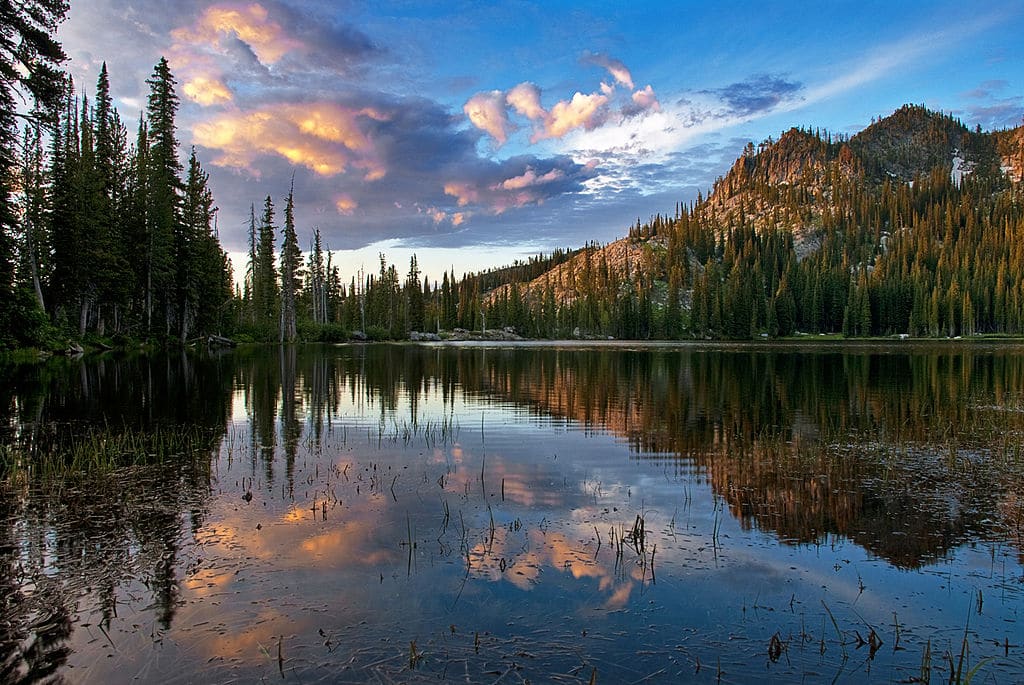
Ever wonder how fish end up in new lakes and ponds? Obviously it’s easy to understand how fish end up in manmade bodies of water, but what about naturally formed bodies of water in nature?
When heavy rain or flooding create new bodies of water, it seems fish appear in them almost by magic. Even ponds that dry up and then refill over time seem to miraculously replenish with fish out of nowhere.
“Fish reach new/replenished pounds in three main ways: they’re already there, they get there naturally, or they have some type of external help getting there,” according to Science ABC.
It’s sound crazy that fish somehow survive a drought and then replenish once refilled
“There are some species of aquatic animals that lay eggs capable of surviving long spells of drought that will hatch only when they’re locally rehydrated,” says Science ABC. “For instance, algae leave spores that can survive for extended periods of time. There are also certain species that dig deep into the mud of a pond and leave their eggs there. The eggs hibernate until the pond is refilled, at which point they come out, reproduce and propagate their species in the newly formed water body. American alligators survive dry spells in this exact way!”
Fish can end up in bonds through connecting streams, which seems like the most logical way for them to get there.
Pieces of land share the same drainage system with multiple water bodies in many cases. That’s why even though many lakes and ponds can seem unconnected even though they are joined in various ways. This means they basically contain the same water.
It’s even possible for fish to end up there with external help from other animals. When birds visit bodies of water, fish eggs may attach to their feathers or body and then end up being transferred to other bodies of water they touch down at. The same thing happens when land animals drink from or interact with bodies of water, they end up transferring eggs to new bodies they visit. In either case this leads to a repopulation or a new population over time.
https://youtu.be/KjjyBEWCHl8
“Humans play a crucial role in populating ponds by actively/passively introducing select species of aquatic animals in them. There are dedicated fish farms and hatcheries where populations of certain fish are raised and subsequently delivered to water bodies that need a population boost. Trout is one of the most commonly introduced fish through active human effort, which explains how a small pond in someone’s backyard can have a thriving fish population.”
Fish can inhabit new bodies of water in multiple ways. Regardless of how they get to the water, it just shows life will always find a way to thrive in new places.


